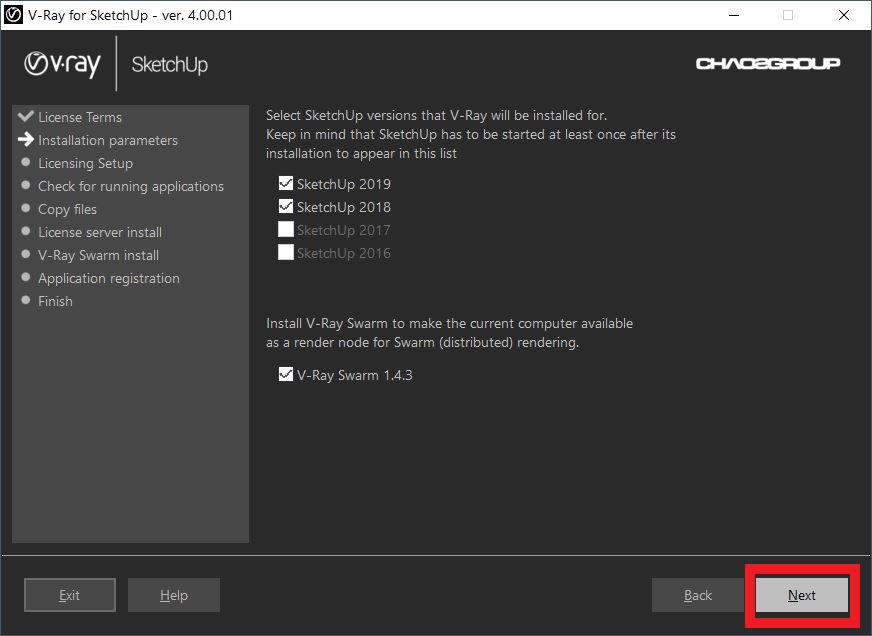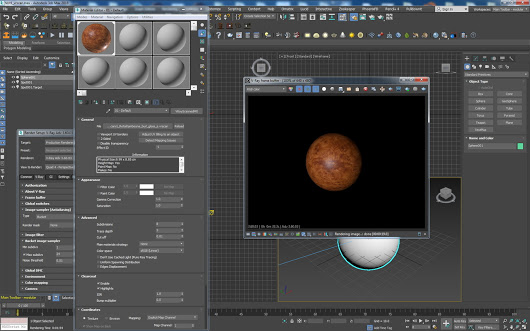

Mixed with 5.1's new, improved material rendering in the viewport, it all – again – boils down to big wins in the time and speed departments. The HDRs available also tie in with 5.1's new multiple dome lights: they can be dragged and dropped into your scene, thereby giving you the option of exploring several HDRs for your scene via LightMix in the VFB. Chaos Cosmos offers models, materials and HDRs in various shapes and sizes, which can all be seamlessly added into your scene.

V-Ray 5.1 review: Cloud libraryīuilding on the materials and assets made available before 5.0's release, 5.1 has finalised V-Ray's vision of a cloud library and ships with access to the new Chaos Cosmos (opens in new tab) asset collection, which works on all platforms (having worked with asset conversion, I can attest to this being no mean feat). V-Ray 5.1 now also lets you submit multiple cameras into the cloud rather than one by one, again easing and speeding up workflow. The Camera Lister is new in 5.1 and does what it says: it lists all the cameras in your scene and lets you edit them from there. The masks can be applied to materials, layers and folders, turning the VFB into a mini-compositing app, reducing your time spent in Photoshop (opens in new tab) for final tweaks and looks. This is easily one of my new favourite features. You can now use the Crypto and Multimatte as well as Material IDs and similar elements for masking in the VFB.

But as you can easily check out the course content yourself for a clearer overview, and as I'm sure you are ready to start getting to grips with using version five of V-Ray inside Max, well, let's get to learning and dive on in.Chaos Cosmos offers easy assets across the version board with HDRs included (Image credit: Chaos Group)Īnother step in making compositing easier is 5.1's new ability to use any of V-Ray's Render Elements for masking. In fact, I could go on for quite a bit here.
Indeed, in the chapters that follow, we will be looking at everything from features that are, as we say, new to V-Ray 5, such as light mixing, laid compositing, the new material library, and more, as well as running through lighting in V-Ray, using its GI engines, working with a multitude of materials and maps, image sampling or quality control will be looked at, along with the V-Ray physical camera. My name is Brian Bradley, and I'm really looking forward to working through the tools and options, both new and old, that are available to us in this state of the art tool. Hello, and welcome to our V-Ray 5 essential training course, during which we will be taking a good look at version five of this extremely popular and powerful render engine inside 3ds Max.


 0 kommentar(er)
0 kommentar(er)
